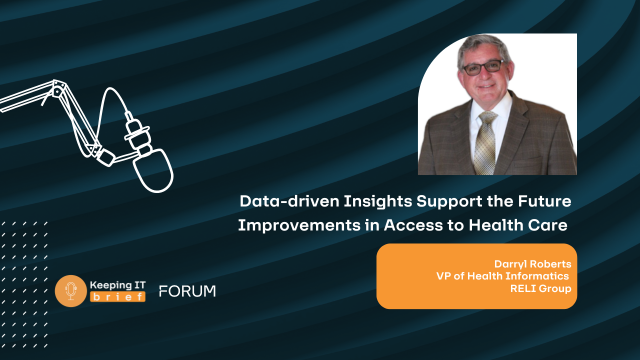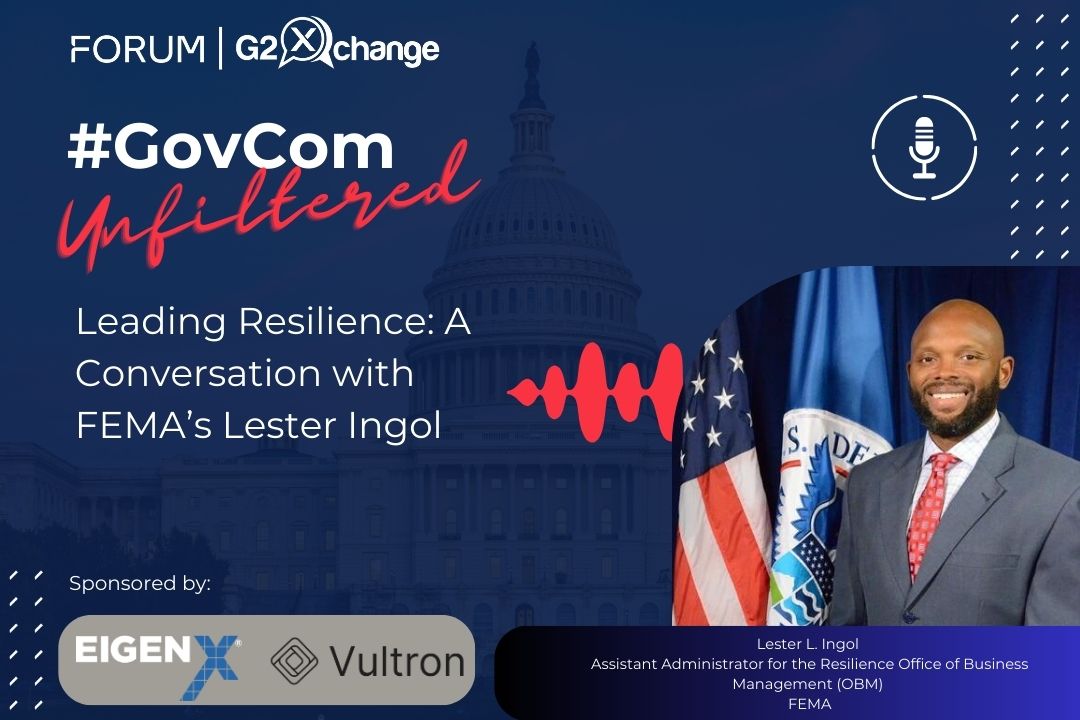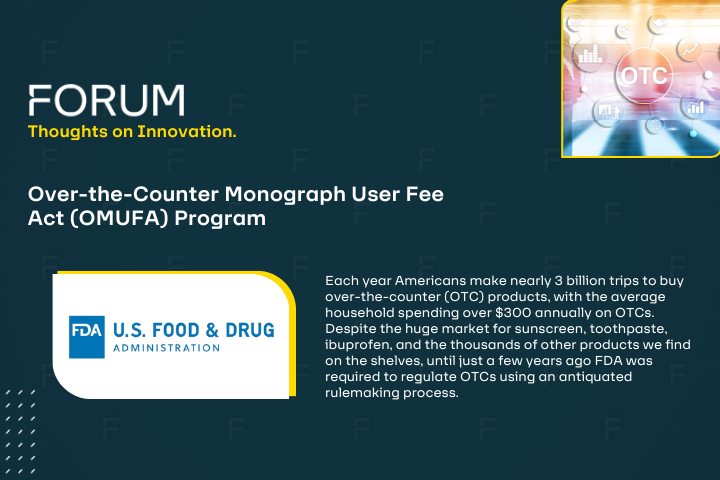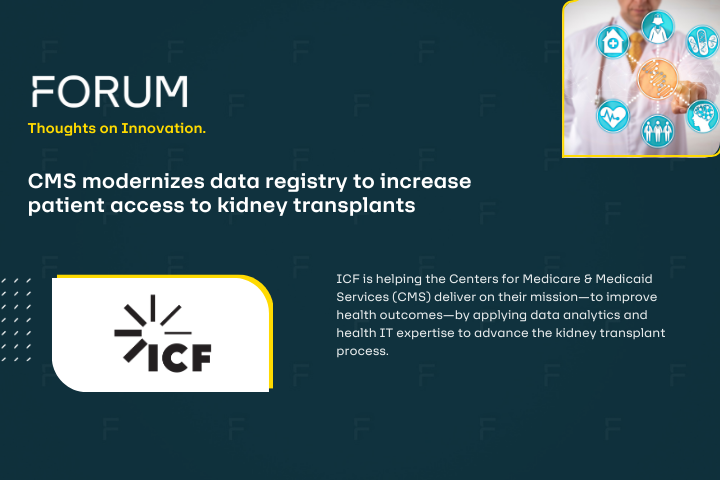Exploring the Potential of Generative AI To Propel CDC’s Mission
ICF is helping the nation’s leading public health organization evaluate the power of generative AI to increase efficiency and maximize public health outcomes.
The Centers for Disease Control and Prevention (CDC) has an ambitious and critically important public health mission. Tasked with protecting America from health, safety, and security threats—against a backdrop of digital disruption and intense public scrutiny—the agency seeks to incorporate modern technologies safely to meet mission needs.
Such an important mission requires constant vigilance to stay ahead of threats, but investment resources can be unreliable—emergencies often create the need for tools that can be difficult to support once the moment of crisis has passed. How can CDC continue to provide citizens with the public health services they count on, even when emergency funding expires?
Generative AI, a subfield of artificial intelligence in which algorithms are used to generate content by analyzing patterns and structures within training data, could be the answer. It can create efficiencies but also introduce risks.
ICF embarked on a research effort in partnership with CDC to evaluate the potential of generative AI to deliver mission wins.
Challenge
Does generative AI have a role to play in helping CDC achieve better public health outcomes? What are the benefits and drawbacks of applying emerging technologies to mission objectives—and how can ICF safely evaluate them to guide the enterprise in their modernization journey? These are the questions ICF sought to explore.
ICF supports CDC through a combination of public health domain and emerging technology expertise, with an emphasis on human-centered design and rapid prototyping. Together with CDC, ICF wanted to see how much they could improve the efficiency and effectiveness of CDC projects—while mitigating the potential risks of this new technology. Through a series of hands-on pilots, ICF uncovered opportunities for CDC to use generative AI to make a positive impact on the organization and the American public.
Solution
ICF’s generative AI work with CDC is different from many other projects: Rather than devising a discrete solution to address a stated need, ICF is on a journey of discovery, working alongside their partners at CDC to evaluate the potential of generative AI to deliver mission benefits.
ICF began by identifying several use cases that would allow them to apply the technology in a hands-on way to specific CDC mission needs. To answer the question of “Can generative AI be used to build digital resources for employees faster, without introducing risks?” for example, ICF experts—in collaboration with their small business partner, Paul Dawson—used ChatGPT to develop a website prototype for CDC, prompting the tool to generate the base code and layering on human expertise to refine, enhance, and complete the site. In the process, the team learned prompt engineering best practices and discovered the optimal balance between generative AI and human oversight.
Another research question of “Is there a faster way to do data surveillance that’s less manual but still reliable?” led them to apply generative AI to track and report on school closures—a CDC mission need that arose during the COVID-19 pandemic and continues today even though funding has expired. To address the potential security concerns of passing internal text to third-party large language models (LLMs) through their websites, ICF experimented with hosting their own version of these models within their secure cloud environment. ICF also used emerging model compression techniques to shrink down the size of the models so they could run on available hardware and save cost without losing too much accuracy.
But, while important, these sample use cases are not the true outcome of their work: Instead, ICF is helping the agency understand how these large language models work, what their strengths and weaknesses are, and the potential benefits that generative AI can bring to CDC’s mission. Their human-centered AI approach continues to identify real-world workforce-augmenting applications for generative AI, helping CDC become more efficient and effective while allowing the public health workforce to focus on mission-critical work instead of lower-level, manual tasks.
Where we are now
Supporting CDC’s research focus, ICF continues to pressure-test the potential applications of generative AI to CDC’s mission—and develop recommended approaches to using the technology that balances benefits and risks. Whether it’s generating base code, supporting teams on public health surveillance and reporting, or developing training and education materials for CDC employees, ICF is finding practical and powerful ways to combine human expertise with generative AI to propel the agency’s public health mission forward.
This collaboration demonstrates how ICF can augment human skills and abilities rather than replacing them with AI, which exemplifies how AI can improve efficiency and empower people to focus on high-level tasks. ICF’s generative AI research is helping to build confidence among CDC leadership in the reliability of this technology, while exposing its weaknesses in a low-risk environment.
Learn more about how ICF is combining deep domain expertise with leading-edge technologies, advanced analytics, and human-centered practices to help federal agencies design technology solutions that reduce time-to-value.












